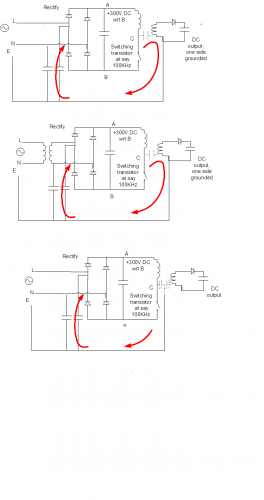Hi everyone.
So, today we installed 6 new led panels in a new ceiling grid
The panels ar Ansell panels. They are class 2. Low volt.
Then , our plumber says he has had a shock when touching the ceiling grid and a boiler at the same time.
So, we tested the ceiling grid to a local earth. 120V AC or -2.9V DC...... The grid even lights a volt stick....
After trying several ideas I eventually swapped the live and neutral connections on the primary of the led drivers.......
The result..... no measurable voltage between the grid and earth.......
The driver and the led panel are both marked class 2 ......
How is this possible??
Is it safe?
Do I need to bond the ceiling grid?


